Phoenix Rising
The Valley of the Sun is riding a wave of solid performance. New supply is keeping pace with demand, helping to maintain healthy vacancy rates.
By Anca Gagiuc

Phoenix rent evolution, click to enlarge
Phoenix is riding a wave of solid performance. New supply is keeping pace with demand, helping to maintain healthy vacancy rates. Employment is improving, and while its rate has slowed from previous years, job growth in the Sun Belt is expected to be among the nation’s highest in 2017, thanks to the region’s warm climate and relatively low cost of living. Both of these benefits attract people from across the country.
Mining, logging and construction; leisure and hospitality; and education and health services are Phoenix’s main economic drivers. The metro’s burgeoning economy attracts investment and development; some 784,000 square feet of speculative office product is scheduled for delivery by the end of 2017. Among new deliveries is Ryan Cos.’s 271,000-square-foot regional headquarters for health-care company McKesson, currently under construction in South Scottsdale.
Rents rose 5.1 percent year-over-year through March, well ahead of the national average. Although homeownership remains less costly than renting, and Phoenix is less expensive than many major markets, affordability is becoming more challenging. Upcoming supply is robust, with more than 9,000 units currently under construction and 16,000 in the planning stages. Investor demand is also strong: More than $5 billion worth of multifamily properties have changed hands since the start of 2016.
Read the full Yardi Matrix report.


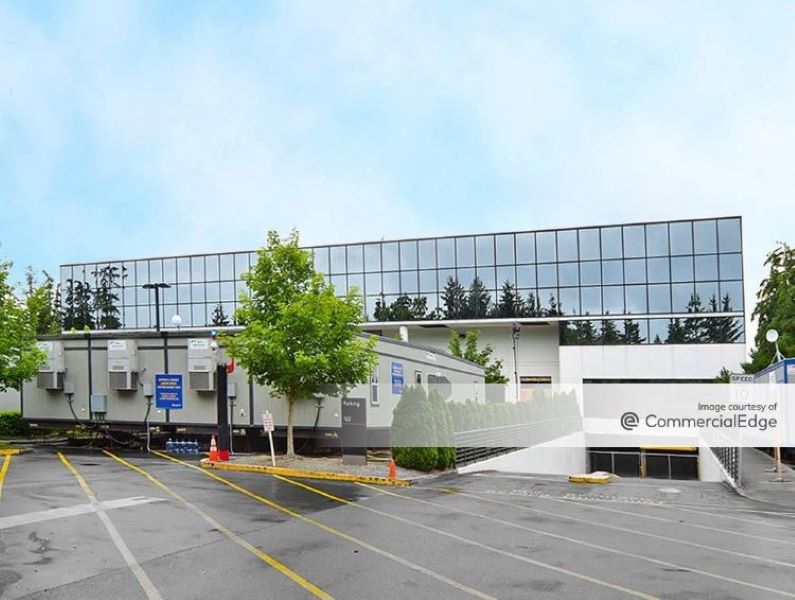
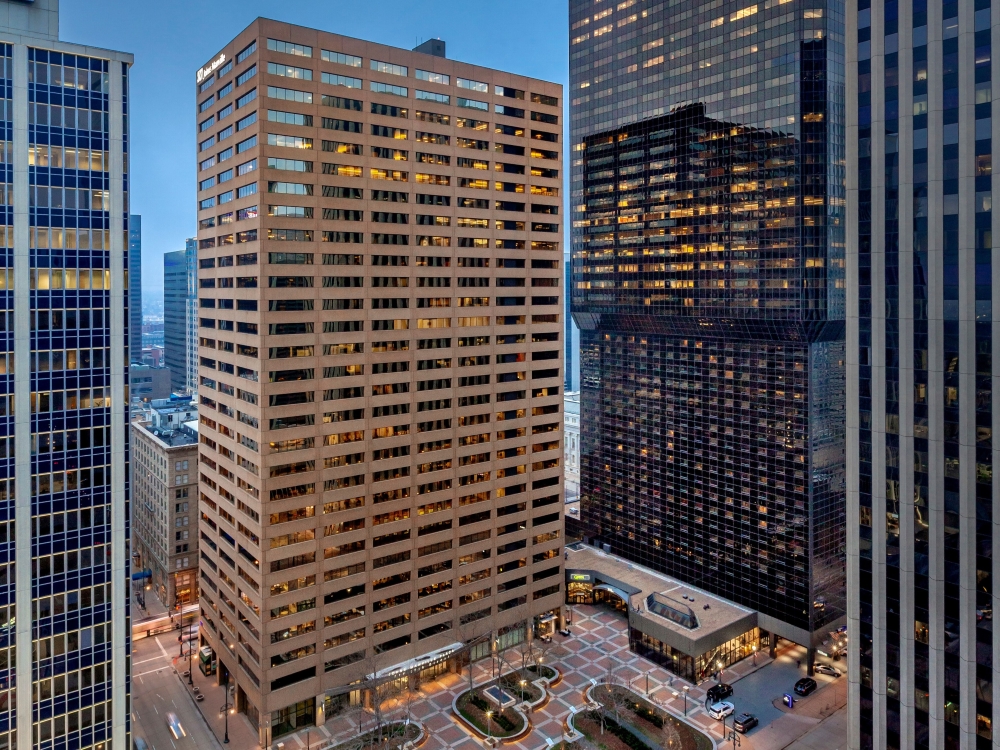
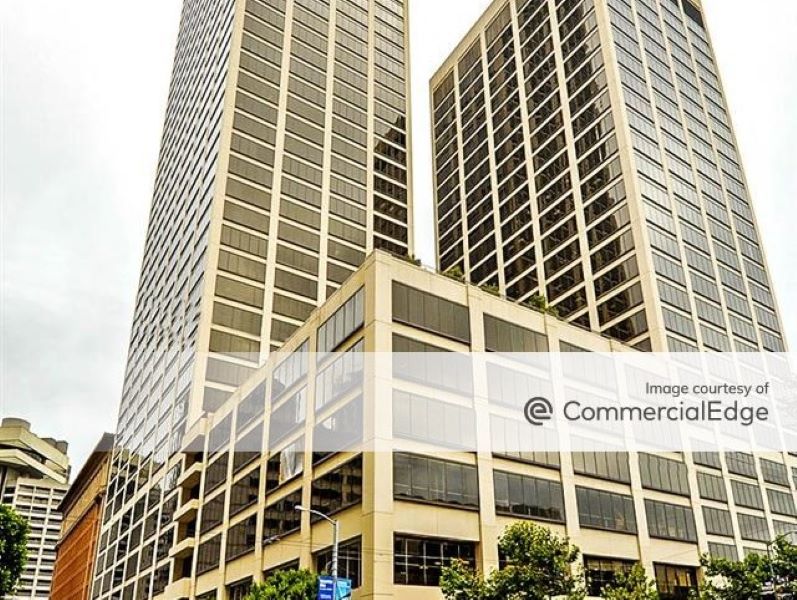
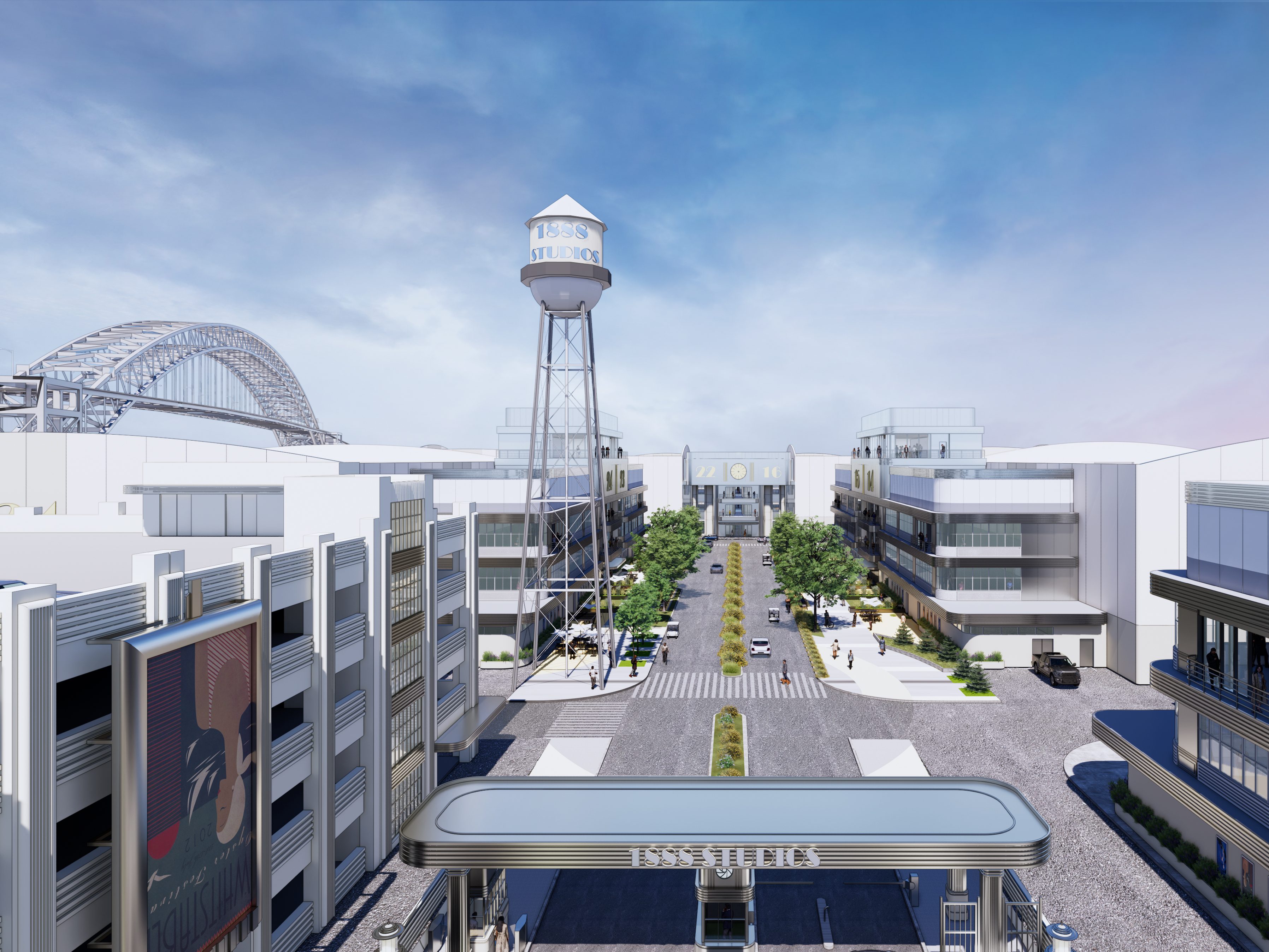
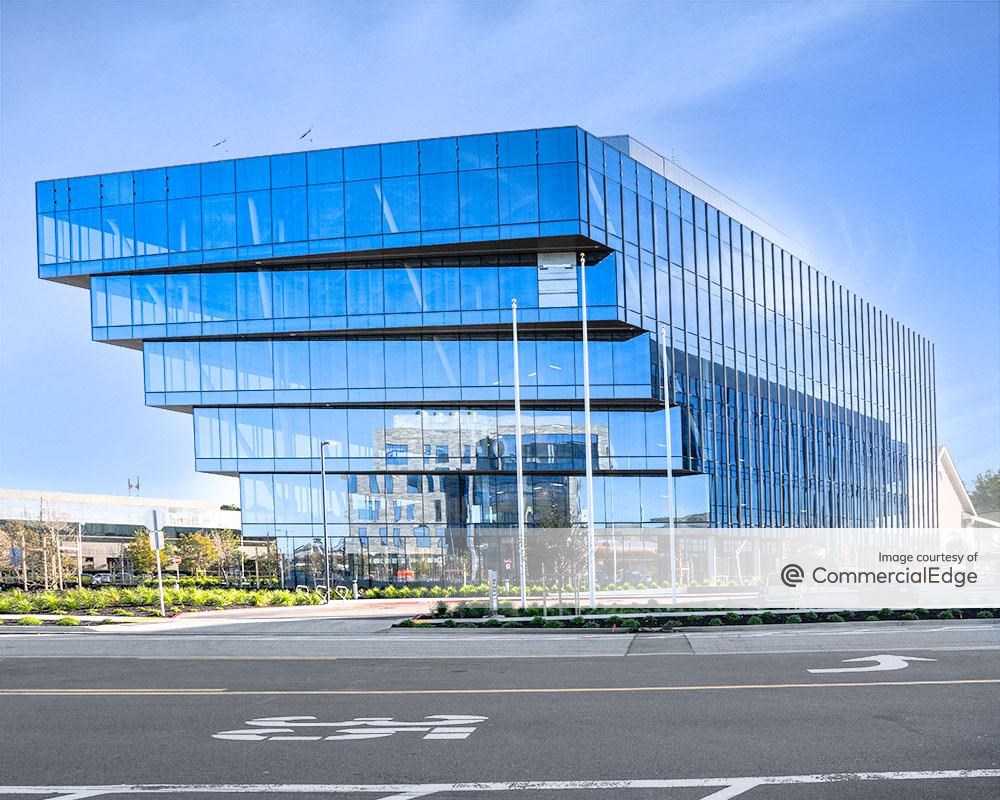
You must be logged in to post a comment.